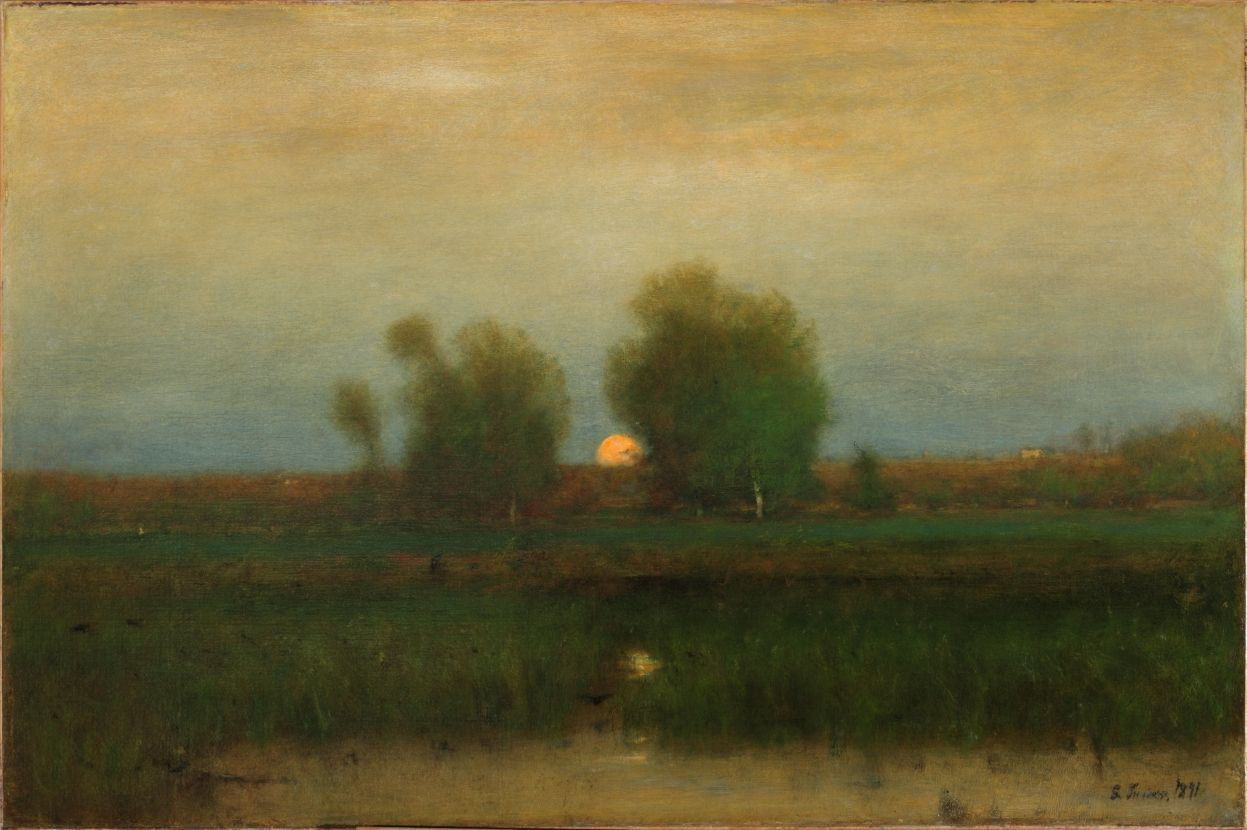—
The Art of Giving: Selections from the Richard M. Scaife Bequest
Opening Reception: Saturday, May 12 from 5:30-7pm
For this exhibition, the Brandywine River Museum of Art and The Westmoreland have come together to share their finest works from the Richard M. Scaife Bequest. Following his death in 2014, Mr. Scaife left his collection to The Westmoreland and the Brandywine, allowing each to choose works through a selection process conducted in a round-robin format. Both museums gained masterworks of American art for their collections. Seeing these paintings together for the first time not only highlights the range of Mr. Scaife’s collecting tastes, but allows visitors insight into the collecting vision of both museums as well as the selection process itself.
While located on opposite sides of the state, and just outside the major metropolitan areas of Pittsburgh and Philadelphia, both museums share a common mission: the dedication to and exhibition of American art, with a regional focus in their collecting.
The Westmoreland’s collection spans 1750 to the present, with both national and regional American artists represented through paintings, sculpture, decorative arts and works on paper. Special collections document the transformation of the southwestern Pennsylvania landscape from agrarian to industrial.
The Brandywine River Museum of Art in Chadds Ford is housed in the renovated 19th century Hoffman’s Mill with a dramatic steel and glass addition overlooking the banks of the Brandywine River. Opened in 1971, the museum has a renowned collection of American art, with a focus on artists who have lived and worked in the region, in particular three generations of Wyeth family artists. American landscape, still-life painting and illustration are the hallmarks of the museum’s collection. In addition, three historic properties—the N.C. Wyeth House and Studio, the Andrew Wyeth Studio and the Kuerner Farm—provide unique insight into the careers of members of the Wyeth family.
After months of research and analysis by staff at both institutions, round one of the selection process was held in Greensburg in December 2014. Each museum prepared hierarchical lists of the works of art they wanted. While neither museum received everything they hoped for—each had different priorities in their selection process—both came away with outstanding examples that enhanced and added depth to their collections such as Martin Johnson Heade’s New Jersey Salt Marsh and George Inness’s Moonrise, Alexandria Bay, the first two choices made by the Brandywine and The Westmoreland respectively.
Mr. Scaife believed in the uplifting potential of art and its ability to help us better understand the world and the issues facing us. Through his bequest, these works of art, once enjoyed privately in domestic settings, have become part of the public realm. As he wrote toward the end of his life: “Beautiful art—paintings, music, literature, whatever—can transform our moods, lighten our hearts, make us think or change our minds, inspire us to be creative or live better lives.”
